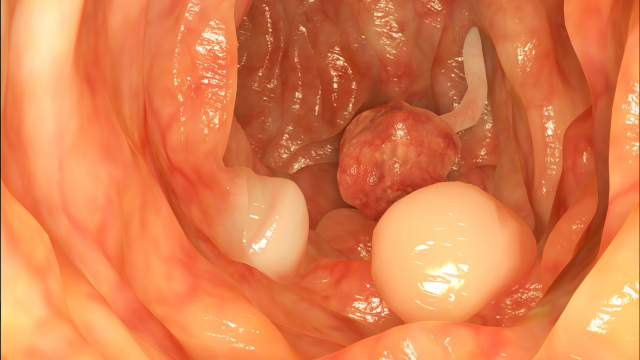Gynecological Infection can affect the external genitalia, the lower tract i.e. vagina or the upper organs i.e. cervix, uterus, tubes, and ovaries. Infections can be viral, fungal, bacterial, and parasitic. There can be mixed infections too.
Symptoms of Gynecological Infections
Women will normally present with:
- Vaginal Discharge
- Fever
- Nausea
- Vomiting
- Pain in the Lower Abdomen, either singly or in various combinations.
Who is at Risk of Gynecological Infections?
Infections can occur in all age groups and are particularly common in:
- Teenagers
- Young Adults
- The Geriatric Population.
- Sexual History
- The presence of important medical conditions such as diabetes and HIV and pregnancy plays an important role in the course of the infection and its management.
Diagnosis of Gynecological Infections
Diagnosis can be a challenge as many conditions in the lower abdomen will present with similar symptoms e.g. appendicitis.
Various tests such as smear, culture, blood test, ultrasound of the lower abdomen, and occasionally laparoscopy are done in the diagnosis and the management of these infections.
Treatment of Gynecological Infections
Treatment will depend on the organism involved and the degree of spread. Prompt diagnosis and appropriate treatment are the keys to preventing long term complications such as chronic pelvic pain, blocked tubes, inability to conceive and ectopic pregnancy.


















